Shar a
a
In recent years, Islamic law, or Shar a, has increasingly occupied center stage in the languages and practices of politics in the Muslim world as well as in the West. Popular narratives and quasi-scholarly accounts have distorted Shar
a, has increasingly occupied center stage in the languages and practices of politics in the Muslim world as well as in the West. Popular narratives and quasi-scholarly accounts have distorted Shar as principles and practices of the past, conflating them with distinctly modern, negative and highly politicized reincarnations. Wael Hallaqs magisterial overview sets the record straight by examining the doctrines and practices of the Shar
as principles and practices of the past, conflating them with distinctly modern, negative and highly politicized reincarnations. Wael Hallaqs magisterial overview sets the record straight by examining the doctrines and practices of the Shar a within the context of its history, and by showing how it functioned within pre-modern Islamic societies as a moral imperative. In so doing, Hallaq takes the reader on an epic journey, tracing the history of Islamic law from its beginnings in seventh-century Arabia through its development and transformation in the following centuries under the Ottomans, and across lands as diverse as India, Africa and South-East Asia, to the present. In a remarkably fluent narrative, the author unravels the complexities of his subject to reveal a love and deep knowledge of the law which will engage and challenge the reader.
a within the context of its history, and by showing how it functioned within pre-modern Islamic societies as a moral imperative. In so doing, Hallaq takes the reader on an epic journey, tracing the history of Islamic law from its beginnings in seventh-century Arabia through its development and transformation in the following centuries under the Ottomans, and across lands as diverse as India, Africa and South-East Asia, to the present. In a remarkably fluent narrative, the author unravels the complexities of his subject to reveal a love and deep knowledge of the law which will engage and challenge the reader.
Wael B. Hallaq is James McGill Professor in Islamic Law in the Institute of Islamic Studies at McGill University. He is a world-renowned scholar whose publications include The Origins and Evolution of Islamic Law (Cambridge, 2005), Authority, Continuity and Change in Islamic Law (Cambridge, 2001) and A History of Islamic Legal Theories (Cambridge, 1997).
Shar

a
Theory, Practice, Transformations
Wael B. Hallaq

CAMBRIDGE UNIVERSITY PRESS
Cambridge, New York, Melbourne, Madrid, Cape Town, Singapore, So Paulo, Delhi, Mexico City
Cambridge University Press
The Edinburgh Building, Cambridge CB2 8RU, UK
Published in the United States of America by Cambridge University Press,
New York
www.cambridge.org
Information on this title: www.cambridge.org/9780521861472
Cambridge University Press 2009
This publication is in copyright. Subject to statutory exception and to the provisions of relevant collective licensing agreements, no reproduction of any part may take place without the written permission of Cambridge University Press.
First published 2009
3rd printing 2012
Printed and bound by MPG Books Group, UK
A catalogue record for this publication is available from the British Library
Library of Congress Cataloguing in Publication Data
Hallaq, Wael B., 1955
Sharia between past and present : theory, practice and modern transformations / Wael B. Hallaq.
p. cm.
Includes bibliographical references and index.
ISBN 978-0-521-86147-2
1. Islamic law History. I. Title.
KBP144.H356 2009
340.5909dc22
2009005860
ISBN 978-0-521-86147-2 Hardback
ISBN 978-0-521-67874-2 Paperback
Cambridge University Press has no responsibility for the persistence or accuracy of URLs for external or third-party internet websites referred to in this book, and does not guarantee that any content on such websites is, or will remain, accurate or appropriate.
Contents
Preface and acknowledgments
Following the collapse of the Soviet Union, Islam has come to fill a pivotal conceptual role of an antithesis to the West, the self-described abode of liberal democracies and the rule of law. With the widespread rise of the Islamist movements during the last three or four decades, so-called Islamic law, or Shar a, has increasingly occupied center stage in the languages and practices of politics mainly in the Islamist camp itself, but also in the Western world. Popular narratives and a staggering array of quasi-scholarly accounts have distorted Shar
a, has increasingly occupied center stage in the languages and practices of politics mainly in the Islamist camp itself, but also in the Western world. Popular narratives and a staggering array of quasi-scholarly accounts have distorted Shar a beyond recognition, conflating its principles and practices in the past with its modern, highly politicized, reincarnations. This book is about distinctions; about what Shar
a beyond recognition, conflating its principles and practices in the past with its modern, highly politicized, reincarnations. This book is about distinctions; about what Shar a as doctrine and practice represented in history; how it functioned within society and the moral community; how it coexisted with the body-politic; and how it was transformed and indeed appropriated as a tool of modernity, wielded above all by the nation-state.
a as doctrine and practice represented in history; how it functioned within society and the moral community; how it coexisted with the body-politic; and how it was transformed and indeed appropriated as a tool of modernity, wielded above all by the nation-state.
Although this book has, in many ways, been in the making for over two decades, it was written between 2004 and 2008, during which period much in my thinking on the subject continued to change and develop. Over time, this thinking and the resultant book became increasingly grounded in frameworks of enquiry beyond the field of law in general and Islamic law in particular. And like many other books, its several chapters and sections were written under variable conditions. In part owing to these variations, and in part because of the inherently diverse nature of its subject-matter, the book deals with issues at various levels of description and analysis, and can therefore be read on more than one plane. Students beginning their exploration of the Shar a and its history as well as readers peripherally interested in theoretical moorings may ignore the theoretical parts of the book, especially the second section of the Introduction and perhaps a license that neither the specialist nor the advanced student might want to take.
a and its history as well as readers peripherally interested in theoretical moorings may ignore the theoretical parts of the book, especially the second section of the Introduction and perhaps a license that neither the specialist nor the advanced student might want to take.
I am fully aware that some readers might find the second section of the Introduction difficult to negotiate, even misconstruing its relevance to the work as a whole. This latter impulse should be resisted, since that theoretical section is vital to positioning the work in the larger context of scholarship and the manner in which academic discourse has shaped modern politics and, importantly, our conceptions of law. This positioning is normative practice in such fields as anthropology, but has yet to be attempted in Islamic legal studies. Its value resides in depriving scholarly work of a claim to authoritative knowledge, in creating a dialectic between authorial intention and readership, and more crucially in positioning scholarship in a specific and highly localized context from which an attempt is made to understand the Other, the Subject. This positioning, which relativizes scholarly discourse, tends to reduce the risk of reconstituting the Other, which has thus far been a problematic enterprise in modern academia. This section, heavily Foucauldian, is therefore not about my ways of analyzing the subject-matter of Islamic law throughout the book (although I am no doubt indebted to Foucault, among many others, for certain analyses in Part III), but rather about the book itself and its place in the knowledge that has been generated in the field.
In the Introduction, I also point to the Bibliography at the end of this book as a register of the extensive debt I have incurred to others, be they legal historians, legal anthropologists, philosophers or thinkers from other disciplines. I learned a great deal from them even in those cases where I vehemently disagreed with much of what they had to say. Not to be excluded from this register of debt are my
Next page


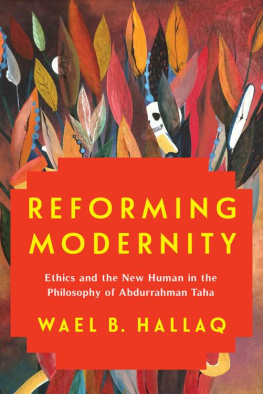

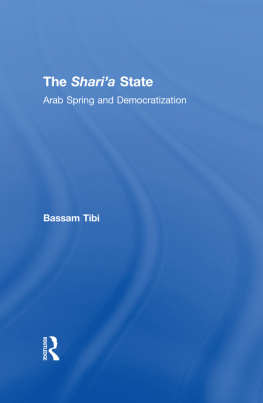
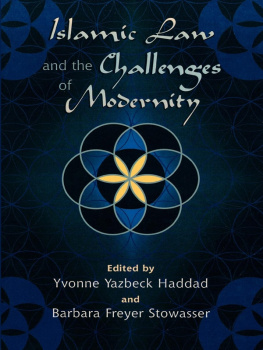


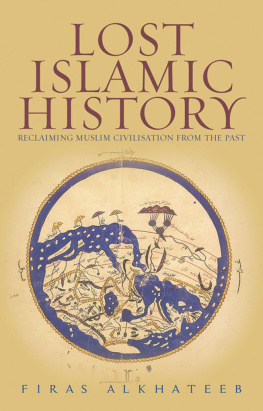
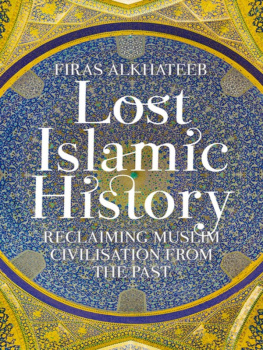

 a
a